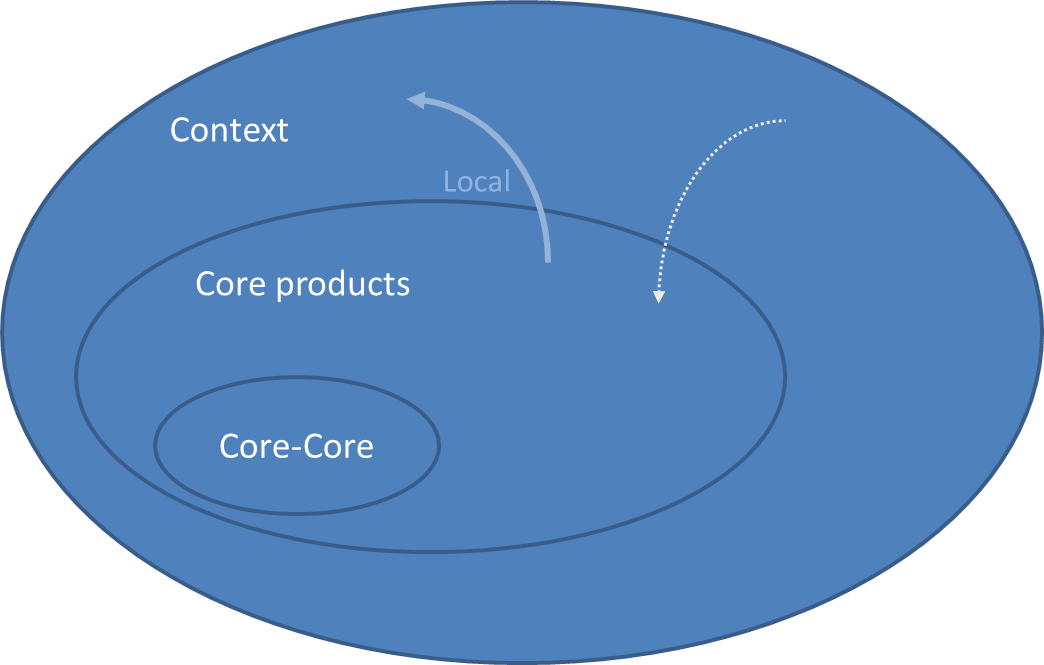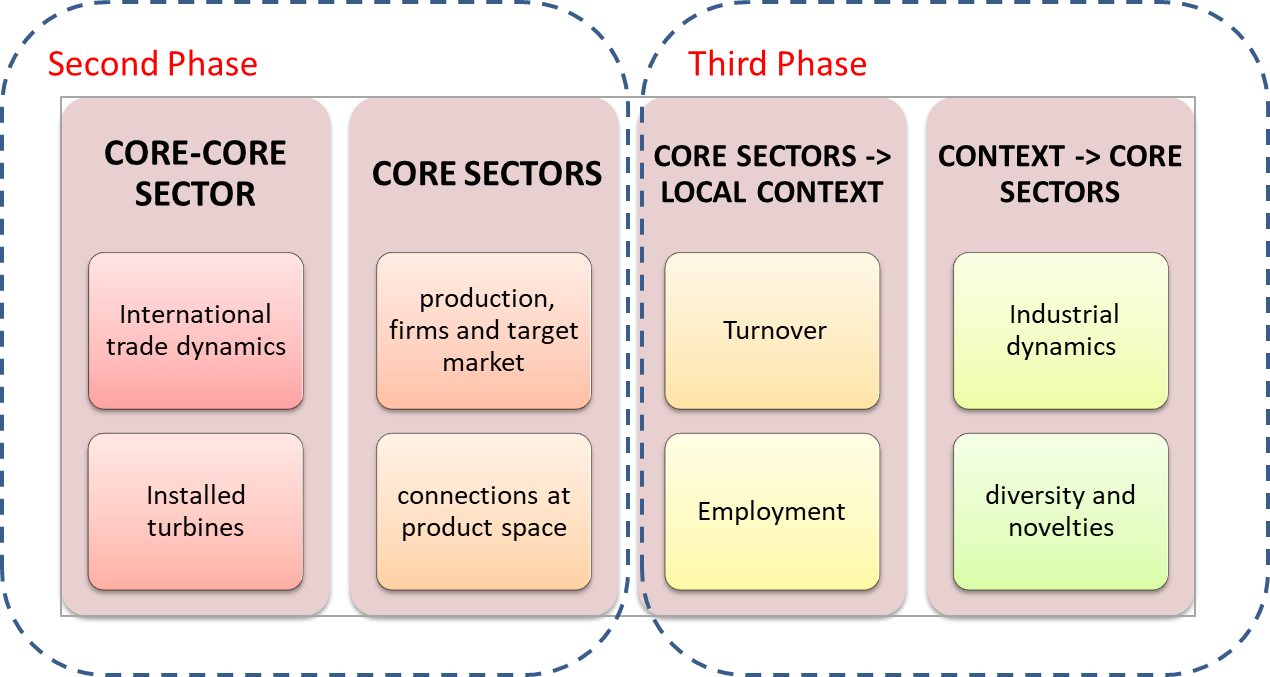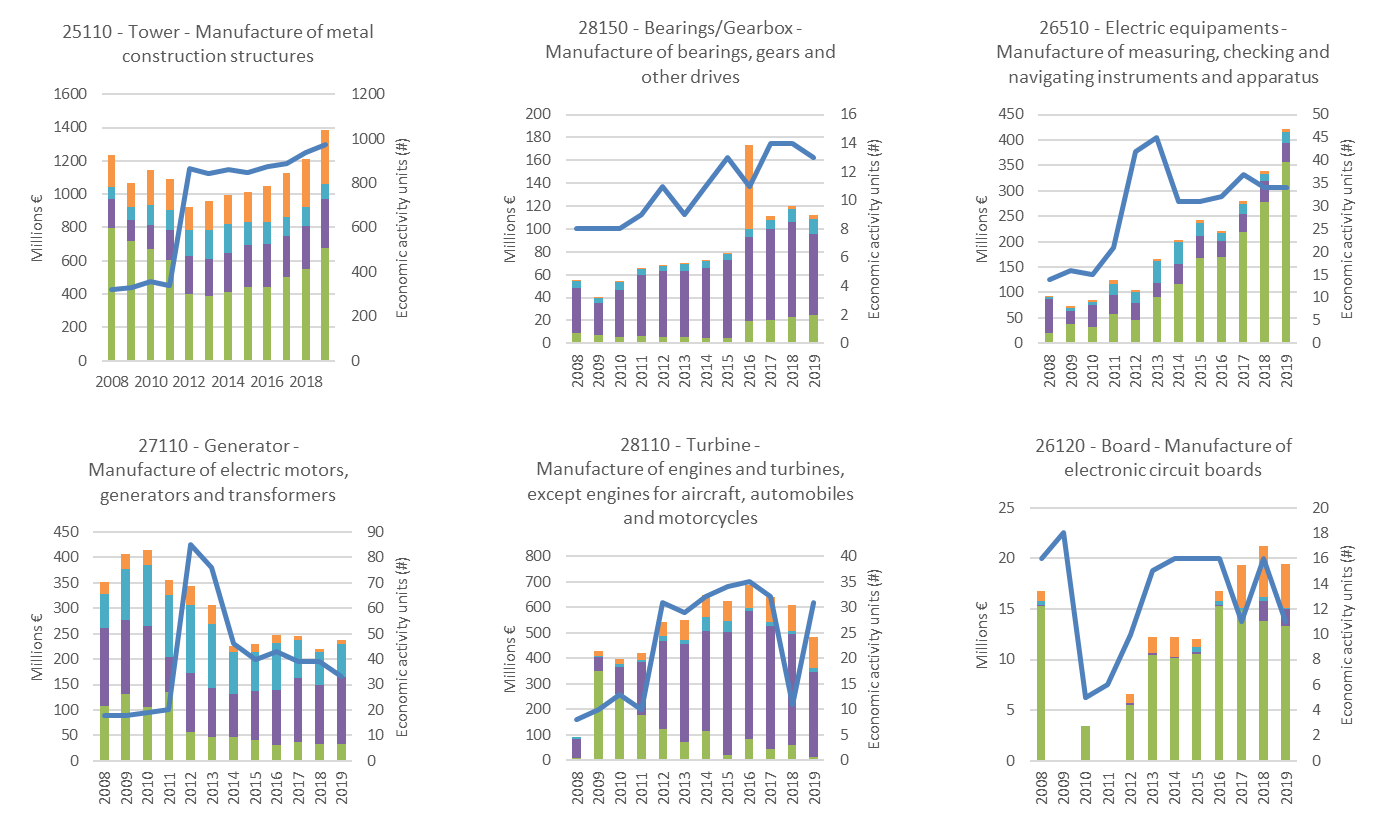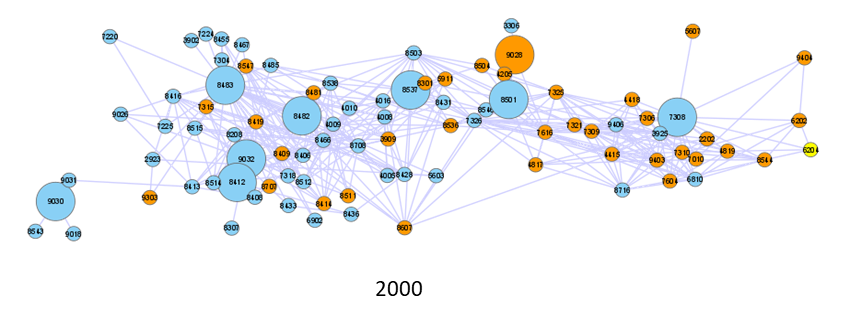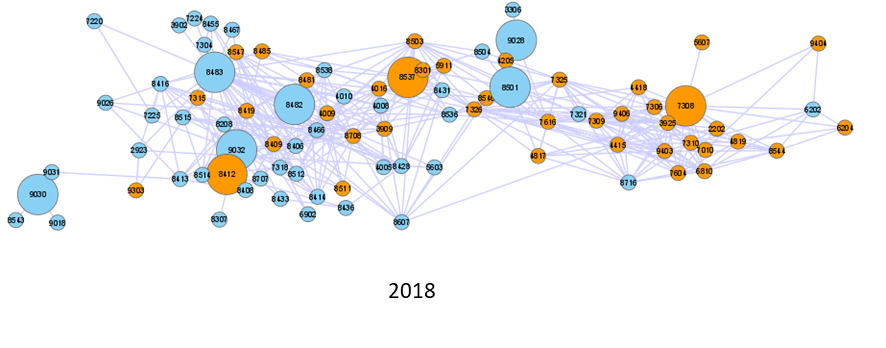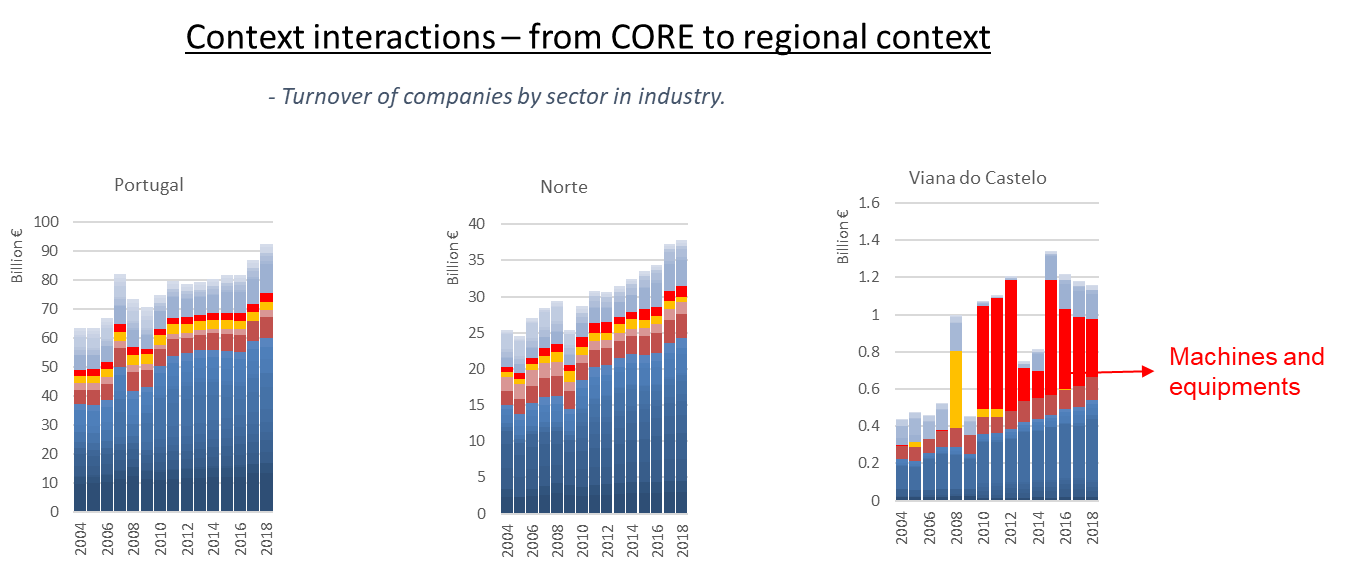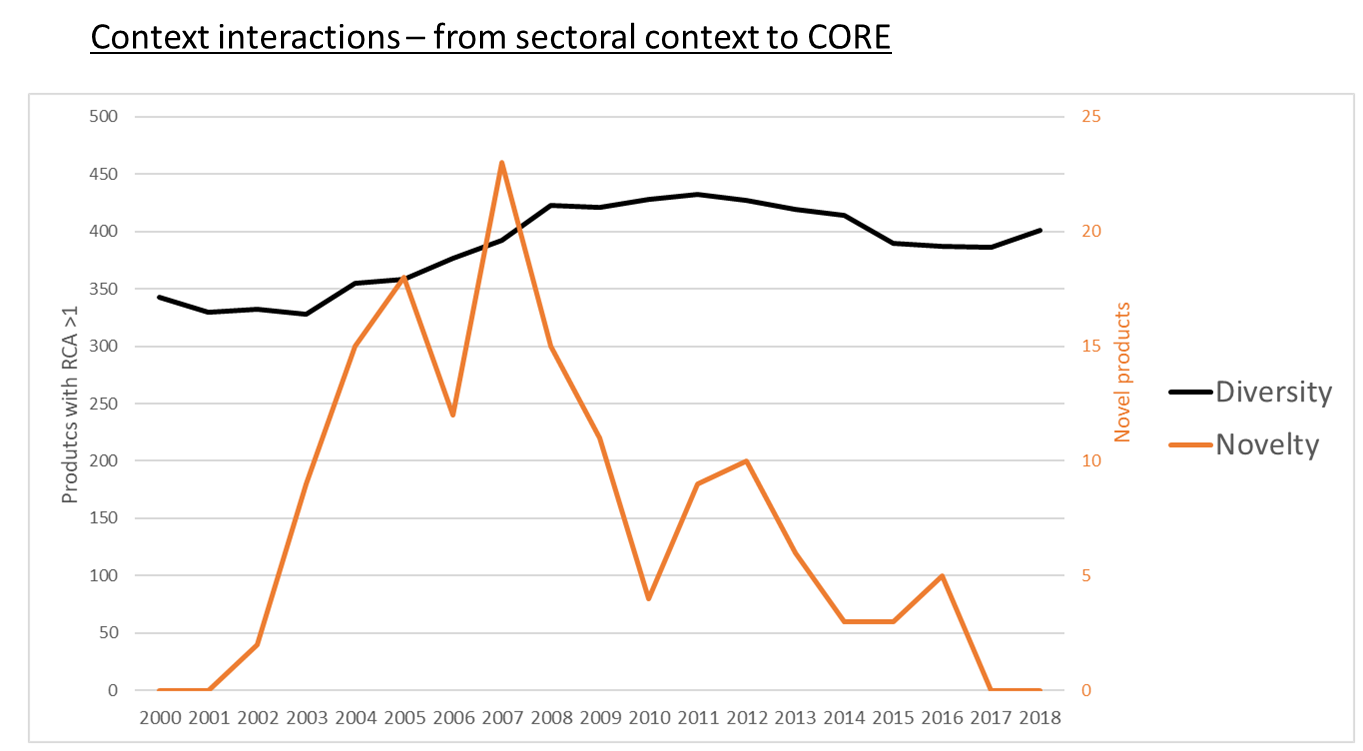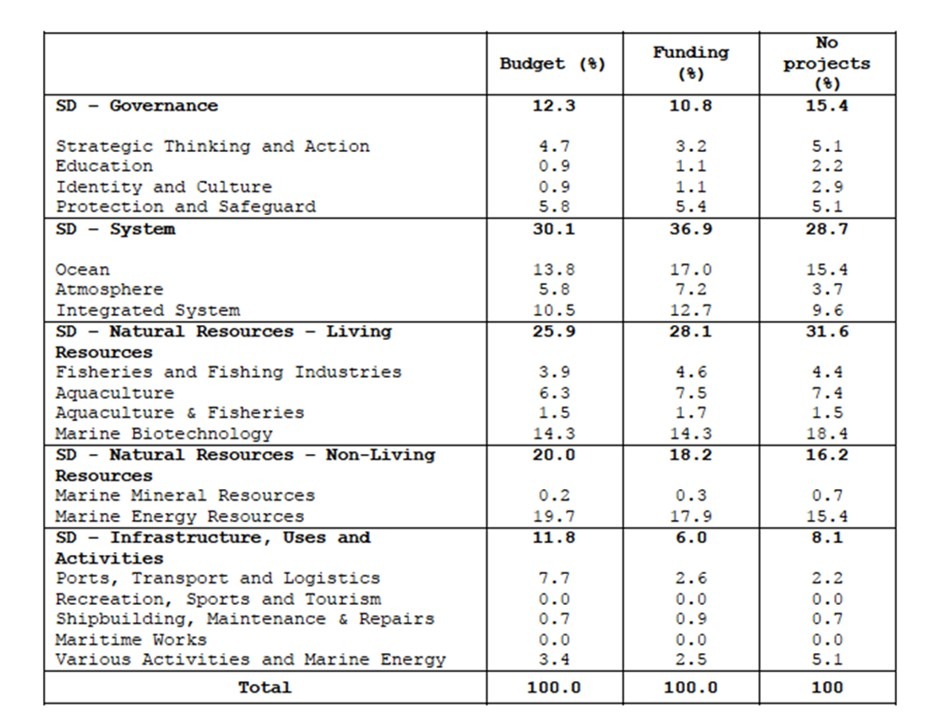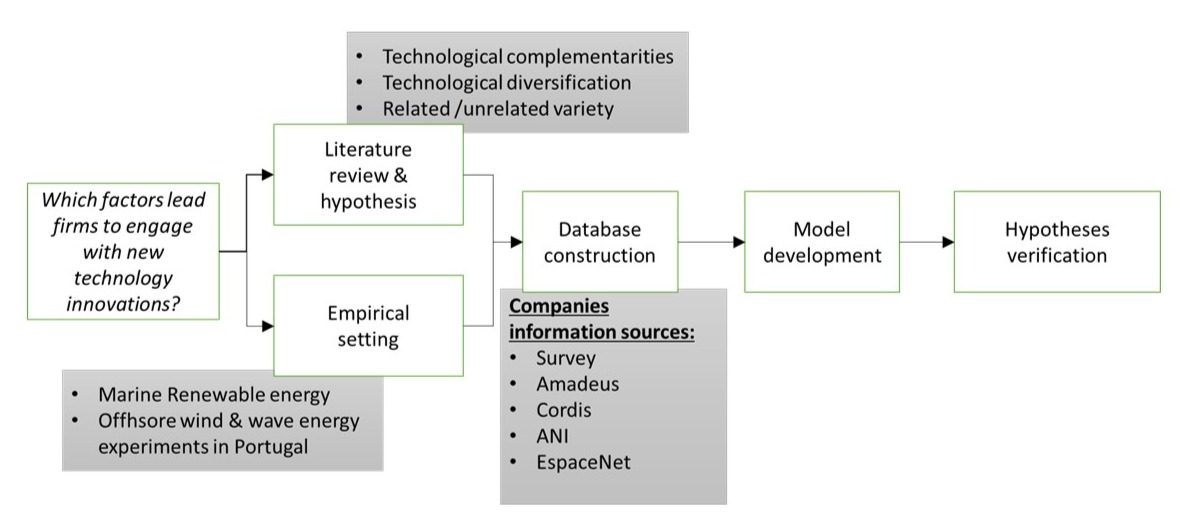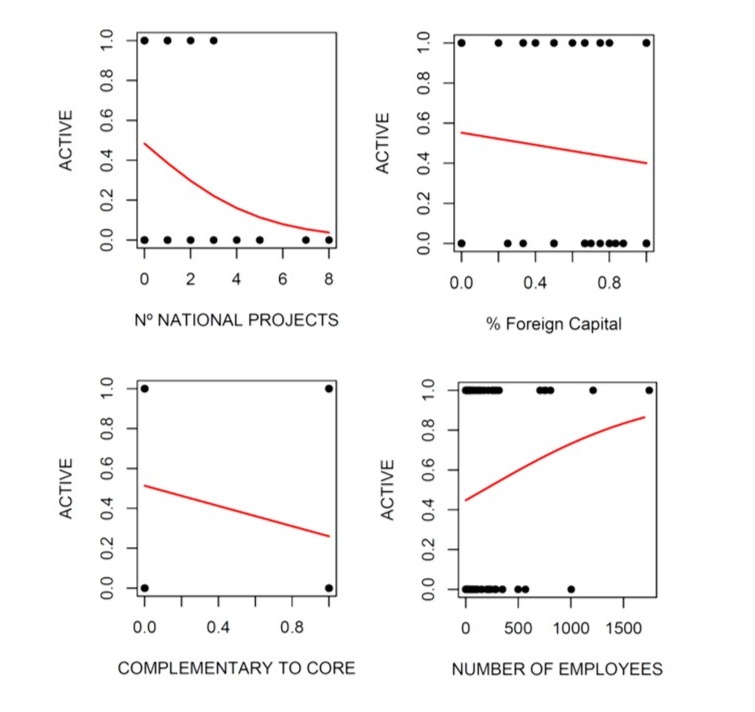Abstract
This paper tackles the transformative potential of new sustainable technologies, that is, the ways in which the development of these technologies can induce structural change by driving new activities in other sectors of the economy (Dolata, 2009). In particular, it discusses whether and how links established between technology producers and firms from existing sectors create conditions for combination of diverse knowledge, driving diversification processes with transformative effects.
For this, the paper draws on insights of several literature streams: sustainability transitions, namely the discussion on the transformative impacts of transitions (Andersen et al, 2020; Boschma et al, 2017) strategic management, for processes of corporate diversification (related and unrelated) (Helfat and Eisenhardt, 2004; Picone and Dagnino, 2015) and networks and knowledge creation and diffusion in particular debates on bridging knowledge bases and on the role of proximities (Lamperti et al, 2020; Stephan et al, 2017).
The paper starts from the notion that companies that belong to a certain sector share a knowledge base. Collaborations established in research and innovation projects, aiming at the development of the new technologies, facilitate contacts and knowledge sharing between sectors that may or may not be related at the outset, opening opportunities for cross-fertilization and recombination of knowledge (Arts and Veugelers, 2014; Janssen and Frenken, 2019; Stephan et al, 2019;). Therefore, collaborative projects create an intersectoral space of knowledge sharing and co-creation that spurs the emergence of novelty.
These spaces of intersectoral interaction can trigger corporate diversification processes, since they create new business opportunities related to the new technology that can be exploited (individually or jointly) by companies from a variety of sectors, established and new. This can lead to processes of change and contribute to the revitalization of traditional sectors.
This conceptual approach is applied to the case of the new marine renewable energy technologies in Portugal, which is a pioneer in this field (Fontes et al, 2016). The empirical research addresses the following question: to what extent the emergence of marine energy technologies mobilizes knowledge from different sectors and creates opportunities for corporate diversification?
The research starts by mapping and characterizing the “intersectoral interaction space” created by R&D and innovation projects. This analysis is based on secondary data from national and European publicly funded projects, involving Portuguese actors/companies, and is conducted using Social Network Analysis. The configuration of this space provides indications on particular areas in which conditions for knowledge combinations are likely to be more favourable.
In order to understand whether the opportunities thus created are being exploited, the analysis subsequently focuses on Portuguese companies identified as active in the marine energy technologies. This analysis is based on primary data on firms’ innovation activities and organizational changes, collected through a survey, as well as on secondary data (industrial databases, reports, websites, etc.). The objective is to understand whether these companies are engaged in activities that denote diversification processes associated with the new technologies.
The paper contributes to a better understanding of the mechanisms that enable established industries to engage with and benefit from the development of sustainable technologies, enabling a better understanding on how to steer sustainable transitions in the desired directions from an economic and social standpoint.
Reference
Andersen, A.D., Steen, M., Mäkitie, T., Hanson, J., Thune, T. M., Soppe, B. (2020). The role of inter-sectoral dynamics in sustainability transitions: A comment on the transitions research agenda. Environmental Innovation and Societal Transitions, 34, 348–351.
Arts, S., Veugelers, R. (2014). Technology familiarity, recombinant novelty, and break-through invention. Industrial and Corporate Change, 24(6), 1215–1246.
Boschma, R., Coenen, L., Frenken, K., Truffer, B. (2017). Towards a theory of regional diversification: combining insights from evolutionary economic geography and transition studies. Regional Studies, 51, 31–45.
Dolata, U. (2009). Technological innovations and sectoral change: Transformative capacity, adaptability, patterns of change: An analytical framework. Research Policy, 38, 1066–1076.
Fontes, M., Sousa, C. and Ferreira, J. (2016). The spatial dynamics of niche trajectory: the case of wave energy. Environmental Innovation and Societal Transitions, 19, 66–84.
Helfat, C.E., Eisenhardt, K.M. (2004). Inter‐temporal economies of scope, organizational modularity, and the dynamics of diversification. Strategic Management Journal, 25(13), 1217–1232.
Janssen, M., Frenken, K. (2019). Cross-specialisation policy: rationales and options for linking unrelated industries. Cambridge Journal of Regions, Economy and Society, 12(2), 195–212.
Lamperti, F., Malerba, F., Mavilia, R., & Tripodi, G. (2020). Does the position in the intersectoral knowledge space affect the international competitiveness of industries? Economics of Innovation and New Technology, 29(5), 441–488.
Picone, P.M., Dagnino, G.B. (2015). Revamping research on unrelated diversification strategy: perspectives, opportunities and challenges for future inquiry. Journal of Management & Governance, 20(3), 413–445.
Stephan, A., Bening, C.R., Schmidt, T.S., Schwarz, M., Hoffmann, V.H. (2019). The role of inter-sectoral knowledge spillovers in technological innovations: The case of lithium-ion batteries. Technological Forecasting and Social Change, 148, 119718.
Stephan, A., Schmidt, T.S., Bening, C.R., & Hoffmann, V.H. (2017). The sectoral configuration of technological innovation systems: Patterns of knowledge development and diffusion in the lithium-ion battery technology in Japan. Research Policy, 46(4), 709–723.
Sousa, C., Fontes, M. and Barbosa, J. (2021). Intersectoral interaction spaces and the exploitation of new business opportunities: the case of marine energy technologies, 18th Conference of the International Joseph A. Schumpeter Society, 8–10 July, Rome.



